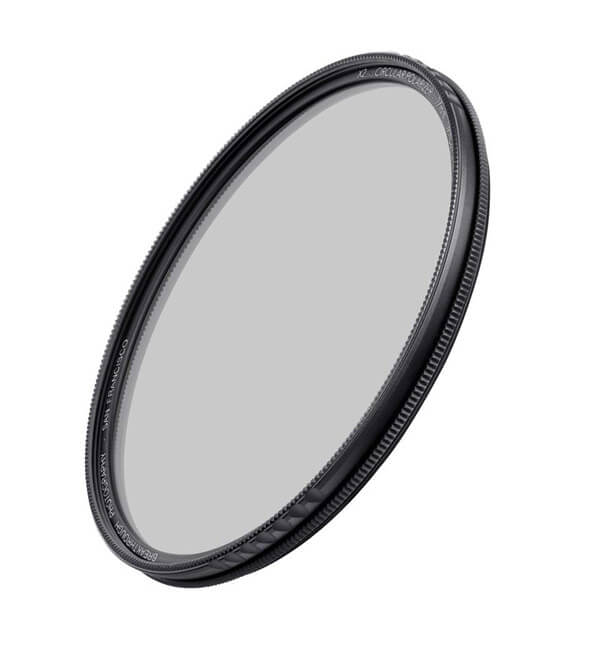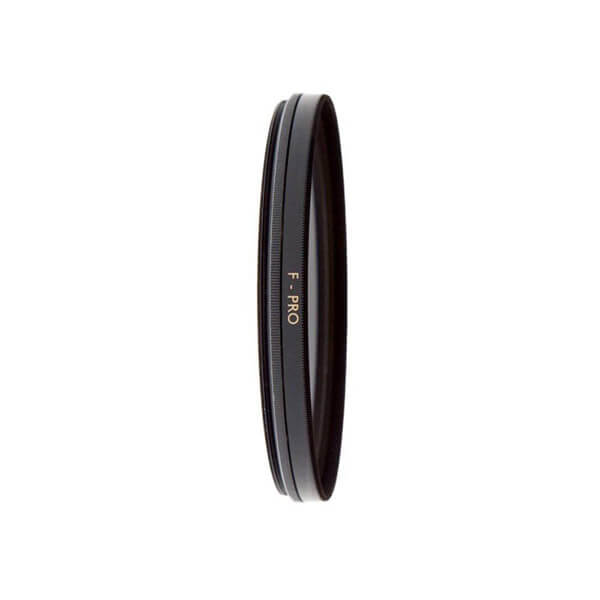We are at the dawn of the 21st century and in the photography industry technology has become nothing short of groundbreaking. With photo editing tools such as Photoshop, Lightroom, and others, we are capable of transforming raw images into lively stories – the gap between what our eyes are seeing and the final photo results are becoming minimal.
However, no matter how much technology advances, there is still one cardinal truth in photography: the better your shooting is, the less time you will spend editing it. When shooting outdoors, it’s always complicated dealing with reflections and glares, which is where polarizers come into play.
More importantly, the subtle changes you can get from a well positioned circular polarizer can’t be replicated later in Photoshop, at least not without an incredible amount of work, editing different areas of your image separately.
Polarizers
Fundamentally speaking, light is a vibrating wave, and it can be both unpolarized and polarized. A polarized light wave vibrates into a single plane in space, sort of like beams, creating glares in the landscape – a haze, if you would. Sunlight is the best example, as it enters our atmosphere, it becomes partially polarized when it collides with the electrons in the air, causing the waves to scatter around. A polarizer filter rearranges this light perpendicularly, which allows for the absorption of much of the haze. The results come as more vivid and more saturated colors in the sky and natural foliages, as well as water surfaces, glass, and paint.
Circular Polarizers Vs. Linear Polarizers
They both do the job, but circular polarizers include an additional quarter wave plane, allowing you to make free use of autofocus and auto exposure options in your digital camera. With linear polarizers, these features become not as accurate. The concept behind it is simple, rotate the filter to select the right amount of light to be filtered for the project you’re developing.
Standard Vs. High-Rate Transparency

A standard polarizing film can reduce the amount of light which enters your camera by in between 1.5 and 2.5 stops. An HRT polarizing film is a bit thinner, and only reduces incoming light by 0.67 to 1.67 stops. Depending on the results you’re looking for, you will make better use of one over the other.
Top 8 Best Circular Polarizers
1. Hoya Alpha Circular Polarizer Filter
Great value and efficiency. This polarizer comes with a 3-4x filter factor, reducing incoming light in between 1.6 to 2 stops. It is non-coated and made of optical glass with aluminum frames, and includes a plastic case. Provides optimal outdoor results, with vivid blue and green hues, ideal for shooting skies, clouds, and in the woods. This polarizer works best under a 90-degree angle from the light, so it might not be excellent for all scenarios – such as indoor studios.
2. AgfaPhoto Multi-Coated Circular Polarizer Filter
This polarizer is multi-coated, which allows you to minimize light reflections coming into your camera, ultimately improving contrast in your photos. Built from optical glass and an aluminum filter ring. The AgfaPhoto Multi-Coated Circular Polarizer Filter gives you more saturated blue tones, which makes it ideal for outdoor shooting including skies and water bodies. The polarizer does not cause vignetting, and for optimal results, always use it at a 90-degree angle, rotating the filter until the results are pristine.
3. B+W Circular Polarizer with Multi-Resistant Coating
A sturdier option. The B+W Circular Polarizer with Multi-Resistant Coating is made of high-quality Schott glass and a brass filter ring, which prevents jamming, scratching, and grants a stronger build. The polarizer has a 2.5x Filter Factor, allowing for a 1.3 light stop. It might cause some vignetting on some digital cameras.
Equipped with a 2.3x to 2.8x Filter Factor, this polarizer allows for a 1.2 to 1.5 light stop. It is made of glass and it’s non-coated. For optimal results, use it at a right angle to the light source, with cameras using beam splitters and also autofocus cameras. In addition to providing vivid tones of blue and green, this polarizer also works marvels for warm autumn colors – all for a competitive price.
5. Hoya Circular Polarizer / UV (HRT) Filter
This polarizer comes with a 2.5x to 2.8x Filter Factor, granting a 1.3 to 1.5 light stop. Made out of optical glass and aluminum frames, there is no coating applied to this filter. As all HRT filters, this model is thinner and lighter than most filters in the market. Affordable yet efficient, the Hoya Circular Polarizer / UV (HRT) Filter is a must for newcomers to photography.
6. AmazonBasics Circular Polarizer
A relatively new player to the market. Much like all polarizer filters, the AmazonBasics Circular Polarizer significantly reduces UV light, making it ideal for outdoor photography. It comes with a one-year warranty, a waterproof layer, and a multi-coating filter – granting an even further reduction in glares and reflections. There might be some vignetting when used with certain cameras.
7. Breakthrough Photography X4 Brass Circular Polarizer Filter
Equipped with a 2x Filter Factor, giving a light stop of 1, this polarizer is designed for a more neutral color performance. Made out of Schott B270 glass and a brass frame, which makes it sturdier than other filters. It also comes with a hydrophobic coating to repel water and ease the cleaning, and multi-coating to improve overall performance.
8. Breakthrough Photography X2 Circular Polarizer Filter
 Made out of Asahi glass for outstanding clarity, this polarizer has an increased filter factor of 2.8x, allowing for a 1.5 light stop. The filter is multi-coated, and in this case, it prevents that typical inner ghosting effect, granting a 99.7% polarization along with a 47% transmission of light. Lastly, the thin filter rings prevent all vignetting in photos. Ideal for all outdoor scenarios, the Breakthrough Photography X2 Circular Polarizer Filter excels at moving bodies of water, such as rapids or waterfalls.
Made out of Asahi glass for outstanding clarity, this polarizer has an increased filter factor of 2.8x, allowing for a 1.5 light stop. The filter is multi-coated, and in this case, it prevents that typical inner ghosting effect, granting a 99.7% polarization along with a 47% transmission of light. Lastly, the thin filter rings prevent all vignetting in photos. Ideal for all outdoor scenarios, the Breakthrough Photography X2 Circular Polarizer Filter excels at moving bodies of water, such as rapids or waterfalls.
The differences among all these circular polarizer filters are too narrow to pinpoint a single best model. The truth is that it all just depends on the results you’re looking for, the different scenarios you’ll be shooting in, and the external environmental conditions of the moment.
For both beginners and advanced photographers, our best advice is to consider owning more than just a couple of filters. Photography is a science, but an unpredictable one at that. Happy shooting!
For more on using filters take a look at this article.
















